Genesis 7 records the events that occurred in the 600th year of Noah’s life. The “world that then was” became overwhelmed by the waters of a global cataclysm. It blotted out every land-dwelling, air-breathing thing not on the Ark (Genesis 7:21-23). It even destroyed the dry land surface itself (Genesis 6:13). What geologic evidence did this cataclysmic event leave behind?
The views expressed in this article reflect those of the author, and not necessarily those of New Creation.
Many lay creationists think virtually all of the fossil-bearing rock layers of the geologic record formed during the year-long Flood of Noah’s day. This way of looking at the geologic record is called Flood Geology in its traditional form. It is the product of prominent young-earth researchers in the early- to mid-20th century. For example, George McCready Price1 and Harold Clark,2 and Dr. Henry Morris and John Whitcomb in their landmark 1961 book, The Genesis Flood.3
Young-earth paleontologist Leonard Brand explains:4
“If we make the extrabiblical assumption that all fossil-bearing geological deposits began at the flood, then there are many situations where we have no choice but to interpret entire rock formations as deposited in hours, days, or a few months at most.”
This presents a potential problem for Flood geologists. Some fossil deposits seem to have required a considerably longer period of time to form. Not billions or millions or of years, but still longer than a few months. These include dinosaur nests with developing embryos inside, fossilized reefs, stromatolites, and several others.
Does the Bible Say All Rocks and Fossils are from the Flood?
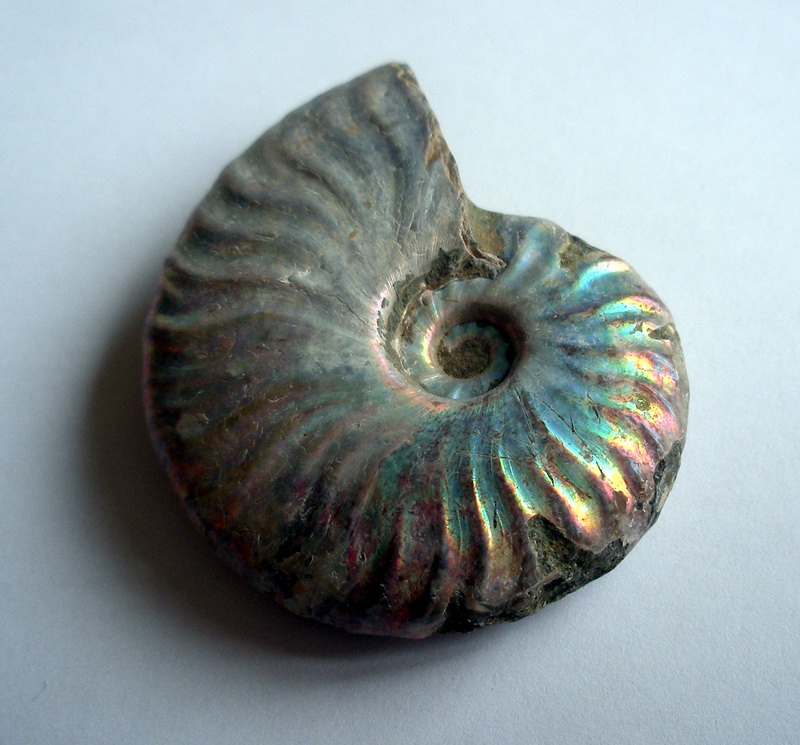
Just because some fossil deposits and geologic features seem difficult to fit into the year-long timespan of the Flood does not ultimately mean that they did not form during the Flood. There are still many unknowns about how certain geologic formations formed. This is especially true for those that have no modern comparisons. It is entirely possible that subsequent research could show how many of them formed during the Flood’s timespan.
However, we should be careful to distinguish what the Bible actually says from the interpretations we place on geologic data. Scripture does indeed tell us that Noah’s Flood was catastrophic and worldwide in its extent. It presents a timeframe of a few thousand years for the entirety of earth history. It does not, however, say that the entire geologic record came into being during the year-long Flood.
A More “Wholistic” View of Geology
There is no need to abandon the term “Flood Geology” based on the understanding described above. Dr. Joachim Scheven simply redefines it: “the study of Earth history from the perspective of events revealed in the Bible.”5
However, some young-earth geologists suggest utilizing a new term: “wholistic geology.” According to Dr. Brand, this is the premise that:6
“There may have been extensive geologic activity before and after the Flood. The geologic column contains fossils and sediments produced by the Flood, and also those produced by processes acting before and after the Flood.”
Before the Flood
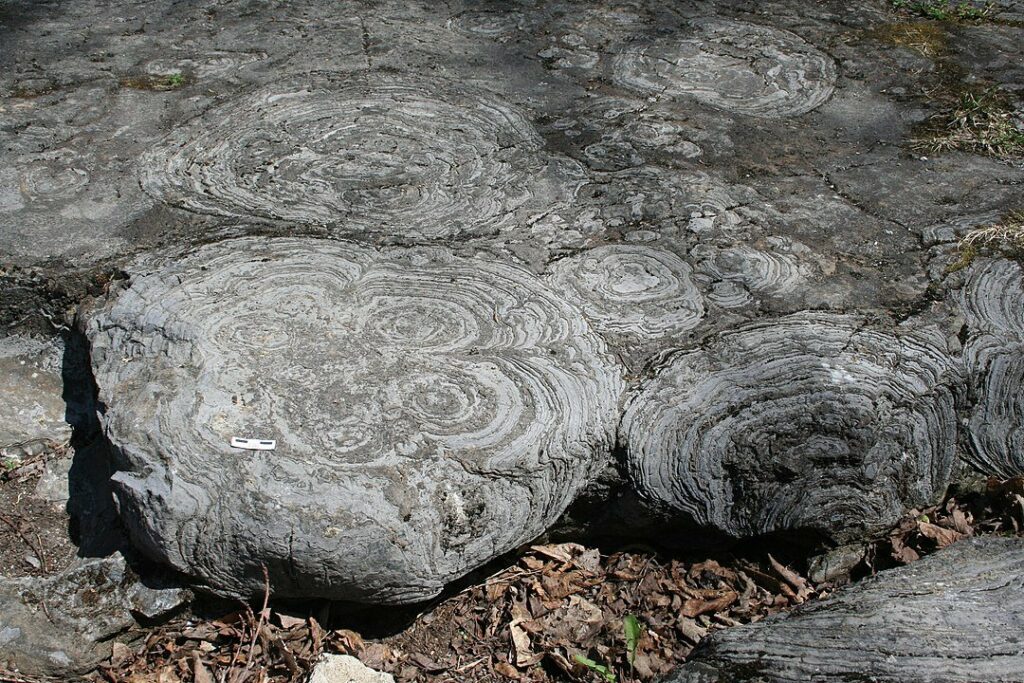
Interestingly, the notion of catastrophism before the Flood pre-dates the notion of “Flood Geology.” The scriptural geologists of the early 19th century attributed thick fossil-bearing deposits to natural disasters. They believed earthquakes, volcanic eruptions, tsunamis, and even (regional) flooding occurred between Adam’s fall into sin and the Flood.7 Most creationists don’t advocate this view today, but renewed interest has sprouted among some young-earth geologists. One such example is Dr. Ken Coulson through his research on fossil stromatolites.8
After the Flood
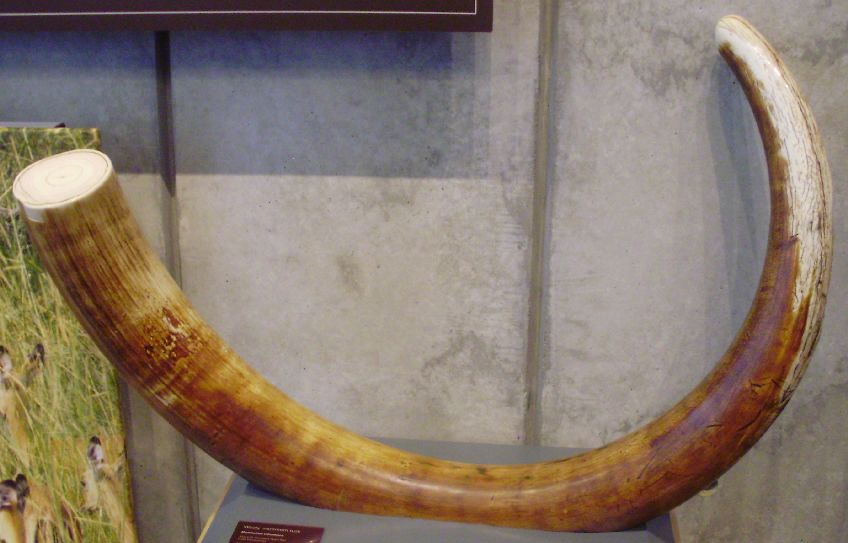
A common view among young-earth geologists today is that localized or basinal fossil deposits, as well as many of the Earth’s surficial geologic features, formed after Noah’s Flood.9,10 The planet was still trying to attain equilibrium after the large-scale tectonic movements and worldwide flooding. Great quantities of sediment were deposited in localized areas and basins. Natural disasters, such as mass wasting, entombed fossils of animals and plants. These fossil assemblages represent snapshots of life’s recovery in the Flood’s aftermath.
Wholistic Geology: The Best Way Forward?
Since there were geologic processes at work before and after the Flood, we should not assume the Flood itself was responsible for every rock and every fossil. A wholistic geology mindset may put young-earth geologists in a better place to determine how individual geologic formations were created while remaining consistent with the biblical, thousands-of-years timescale. Dr. Brand emphasizes that young-earth geologists should not settle for a single Flood model at this point. Instead, they should investigate a variety of models as they attempt to determine whether individual geologic formations were created over the course of days to months as might be expected during the Flood, or years to centuries before or after the Flood.
Footnotes
- Price, G. M. 1923. The new geology: a textbook for colleges, normal schools, and training schools; and for the general reader. Pacific Press publishing association. ↩︎
- Clark, H. W. 1946. The new diluvialism. Science publications. ↩︎
- Morris, H. M., & Whitcomb, J. C. 1961. The Genesis flood: The biblical record and its scientific implications. Presbyterian & Reformed Publishing. ↩︎
- Brand, L. 2007. “Wholistic Geology: Geology Before, During, and After the Biblical Flood.” Origins 61 (June 1): 7–34. ↩︎
- Scheven, J. 1996. “The Carboniferous floating forest—an extinct pre-Flood ecosystem.” Journal of Creation 10(1):70–81. ↩︎
- Brand, 2007, 7–34. (Footnote 4) ↩︎
- Johns, W. H. 2016. “Scriptural Geology, Then and Now.” Answers Research Journal, 9, 317–337. ↩︎
- Coulson, K. P. 2021. “Using Stromatolites to Rethink the Precambrian-Cambrian Pre-Flood/Flood Boundary.” Answers Research Journal, 14, 81–123. ↩︎
- Robinson S. 1996. “Can Flood Geology Explain the Fossil Record?” CEN Tech. J, vol. 10 nr 1: p. 32–69. ↩︎
- Whitmore, John .2013. “The Potential for and Implications of Widespread Post-Flood Erosion and Mass Wasting Processes.” Proceedings of the International Conference on Creationism: Vol. 7, Article 15. ↩︎

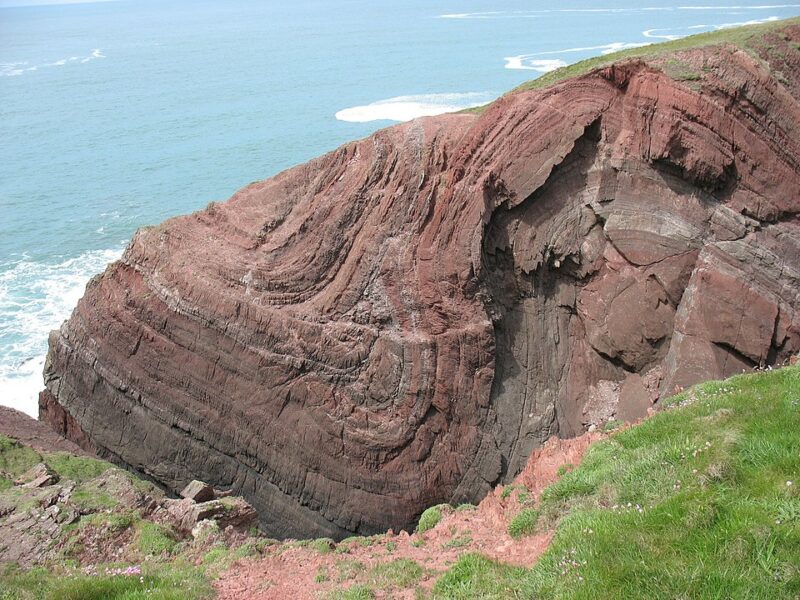





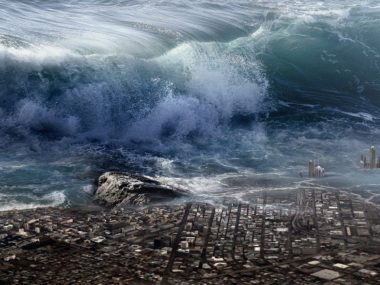




Good summery article. this creationist sees great great actions in geology AFTER the flood. Indeed all fossils above the k-t line are post flood special events in fossilization based on geology events. I see massive volcanic action, probably from rising/falling continents, this lesding to a ice age and then quickly over by megagloods. I think the term flood geology is wrong.
I have to stand with Dr. Tim Clarey on this one. Attributing Cenozoic fossils to post-flood catastrophic events doesn’t work, because the amount of Cenozoic sediment is just too great. You would need another global catastrophe to account for it.
Thanks for reading the article and providing your input, Bob! Dr. Clarey has indeed raised some valid points. However, even if we place the Flood/post-Flood boundary at the top of the Cenozoic, as he does, there were still various natural disasters occurring that would have drastically reshaped the earth’s surface. These include glacial floods (like the Lake Bonneville and Missoula floods), volcanic eruptions (e.g. the Toba eruption), and meteorite impacts (like the one that formed Barringer Crater in New Mexico). These and other geologic phenomena would continue to reshape the early post-Flood earth for decades, centuries, even millennia following the Flood, causing massive erosion and depositing thick sedimentary layers, regardless of where the Flood/post-Flood boundary is located. If you’re interested, we have more on this topic in the following article: What was the World Like When Noah Stepped Off the Ark?